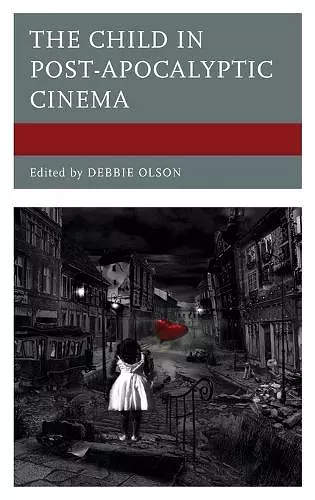The Child in Post-Apocalyptic Cinema
Format:Hardback
Publisher:Lexington Books
Published:6th Mar '15
Currently unavailable, and unfortunately no date known when it will be back

The child in many post-apocalyptic films occupies a unique space within the narrative, a space that oscillates between death and destruction, faith and hope. The Child in Post-Apocalyptic Cinema interrogates notions of the child as a symbol of futurity and also loss. By exploring the ways children function discursively within a dystopian framework we may better understand how and why traditional notions of childhood are repeatedly tethered to sites of adult conflict and disaster, a connection that often functions to reaffirm the “rightness” of past systems of social order. This collection features critical articles that explore the role of the child character in post-apocalyptic cinema, including classic, recent, and international films, approached from a variety of theoretical, methodological, and cultural perspectives.
This edited collection brings childhood studies into an important conversation with a dominant genre of recent years: post-apocalyptic cinema. Olson unites a group of international scholars who examine some expected films (The Road and The Children of Men), but also some unexpected ones (The Omega Man, I Am Legend, Dawn of the Dead, and Daybreakers). The result is a diverse and fascinating examination of how, as Olson puts it, ‘the Child . . . defines the lost past/present and becomes a motivational, almost sacred image to spur on reclamation of the future.’ -- Karen J. Renner, Northern Arizona University
The essays in this valuable collection highlight the central but under examined trope of the child in post-apocalyptic cinema as a symbol caught between the competing tensions of nostalgia and futurity. Drawing upon a rich critical tradition, The Child in Post Apocalyptic Cinema theorizes this common figure, considering the child’s role as instrument and agent within this genre and demonstrating the narrative, ethical, and philosophical stakes of its deployment. This is a welcome contribution in the areas of media studies and childhood studies. -- Meredith A. Bak, Rutgers University
ISBN: 9780739194287
Dimensions: 235mm x 162mm x 23mm
Weight: 494g
244 pages